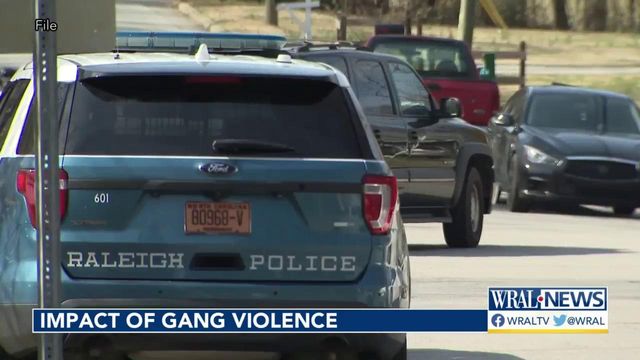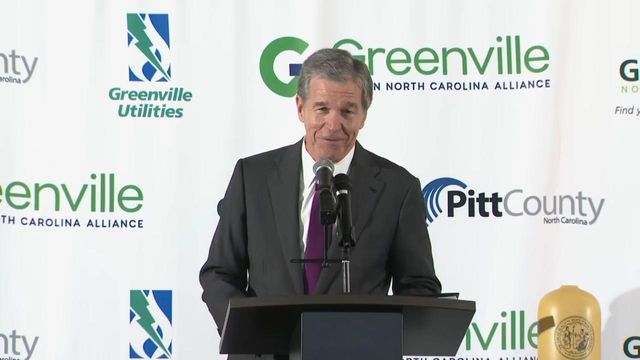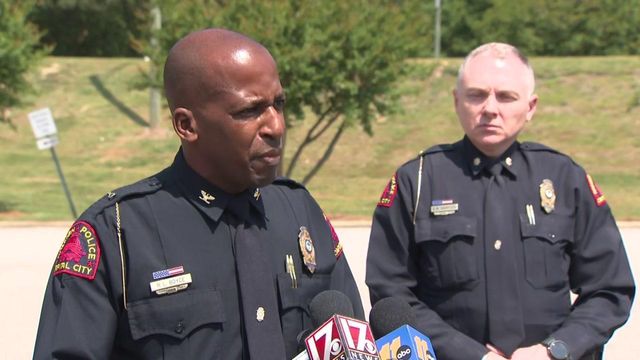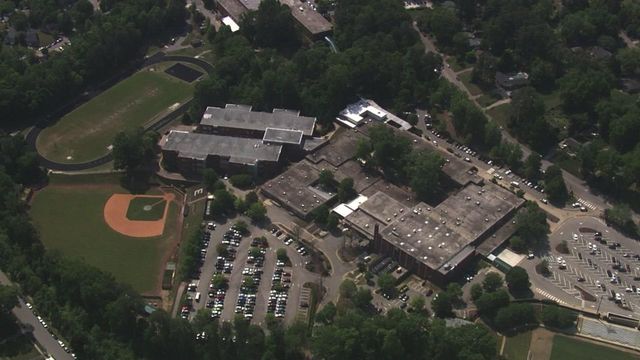NC gangs use social media, pretending to be 'public interest groups,' to lure kids
On Thursday, the Governor's Crime Commission had a meeting to discuss students in gangs and crimes at schools and how to protect our children.
U.S. Attorney Michael Easley mentioned that at least six known gangs operate in North Carolina:
- United Blood Nation
- Gangster Kill Bloods
- Black Mob Gangers
- Crips
- Eight Tray Gangers
- Hells Angels
NC gangs use social media to entice youth; lie about who they really are
He says gangs are using social media to draw youth in – telling young people they are "doing good in the community" by joining a gang. They'll even change up their name during recruitment, calling themselves Black Men Growing instead of Black Mob Gangers, so a young person may not even realize what the group is until they're already involved.
"They are suggesting to kids they are a public interest group, dedicated to community," says Easley.
However, once kids get involved, they find a different reality.
What do NC gangs have kids do?
More and more often, gangs are using boys to carry guns or drugs and girls for human trafficking.
Girls are sometimes used for sex trafficking or drug prostitution.
Boys could be used for acts of violence, carrying guns and robberies.
"Violent crime has jumped from 4% coming into system to now 7%," says William Lassiter, deputy secretary with the NC Department of Public Safety. "If you are thinking that incidents kids are committing are more violent, you would be correct."
He shared some scary statistics:
- 68% of gang involved youth are 16 years or older
- 8% of assessed juveniles were in gangs
- In 2022, a survey of 15,000 kids in the system found 36% had mental health problems
- Violent offenses committed by juveniles increased by 20% in the past year
- Robbery with a dangerous weapon continues to be the most frequent violence offense.
Lassiter points to COVID closures as part of why youth have not been getting the support they've needed.
"COVID shut down all the support structures for schools," he says. "No churches. No non-profits. Kids went two years not getting support they needed."
Motorcycle outlaw gangs impact on safety on the streets
He also pointed out that there are more than 300 outlaw motorcycle gangs in the United States, and they have a highly structured method of trafficking weapons and drugs, even partnering with drug trafficking organizations.
"We're seeing increased firepower on the street," says Easley.
Ghost guns and straw purchasing are on the rise, he says. Ghost guns in the hands of gangs make firepower on the street "absolutely staggering," he says.
Ghost guns are hard to trace because they’re often made privately using 3-D printers or assembled from a kit. Straw purchasing involves someone buying a gun for someone who is legally not allowed to have one, or who does not want their name associated with the purchase.
Aside from the danger of increased guns and gun violence, gangs also partner with cartels to increase the supply of deadly synthetic drugs out on the streets.
Talking to kids in schools about the danger of gangs
Easley suggested a need for going into schools and talking to youth about the reality of gangs, as well as teaching skills for refusing gang offers.
He said gangs often target youth who don't appear to have other support systems or activities in their lives.
"Gangs go where the lost are," he says.
To help protect young people from being attracted to gangs, he says parents, teachers and mentors have to find those most at risk to drive violence and intervene, ideally before gangs get to them.
He says a lot of gang violence is caused by a small number of people who do extreme things.
He says, "10 to 20% are impact players driving violence."
Easley says a lack of police and prosecutorial resources make it more challenging to intervene early, and says, "We have to invest in a fully staffed, fully trained police force."
He says there is a need to make sure the community understands – and believes – that law enforcement officers are there to help. A lack of trust in police officers can make gang activity more enticing.
Easley discussed a tactic called Group Violence Intervention, and said those involved showed a 50% reduction in violent offenses over the next 3 years.














